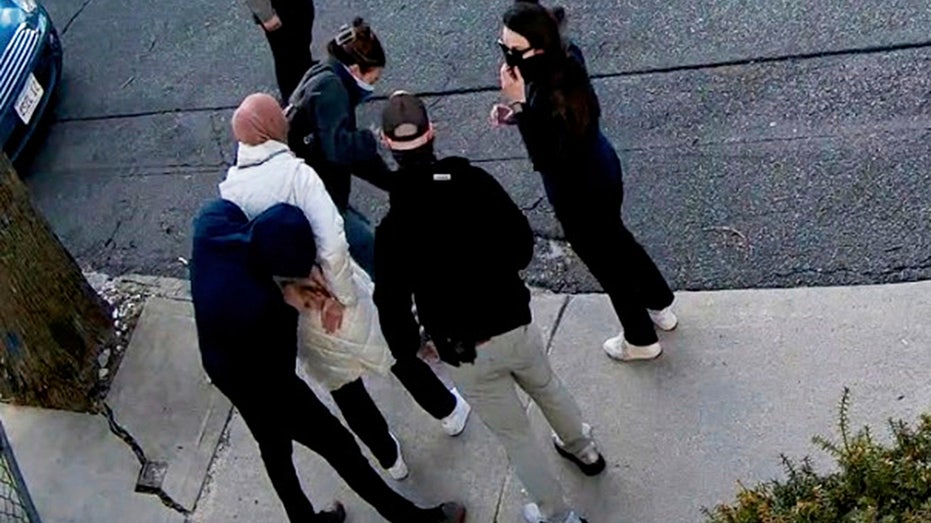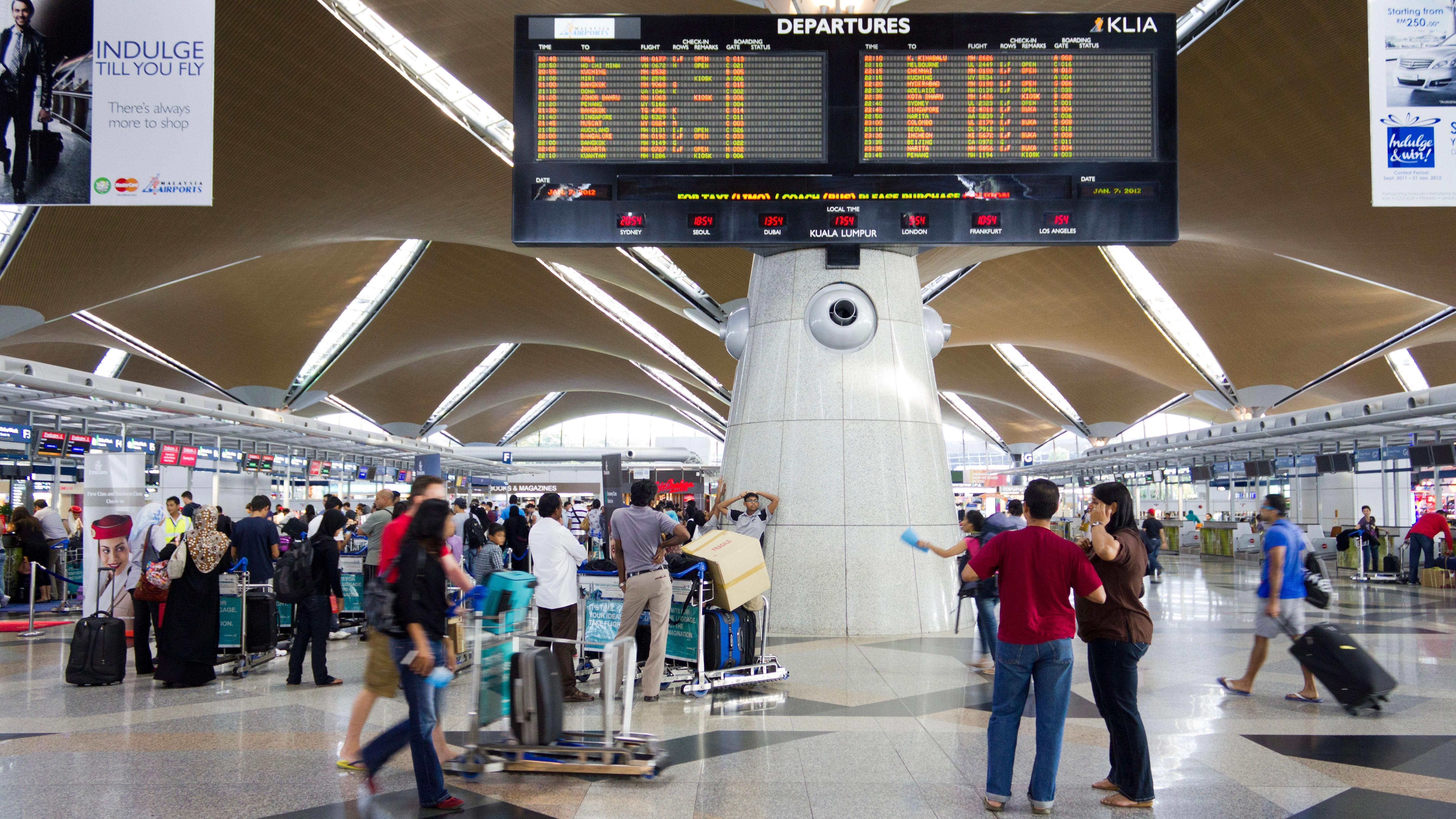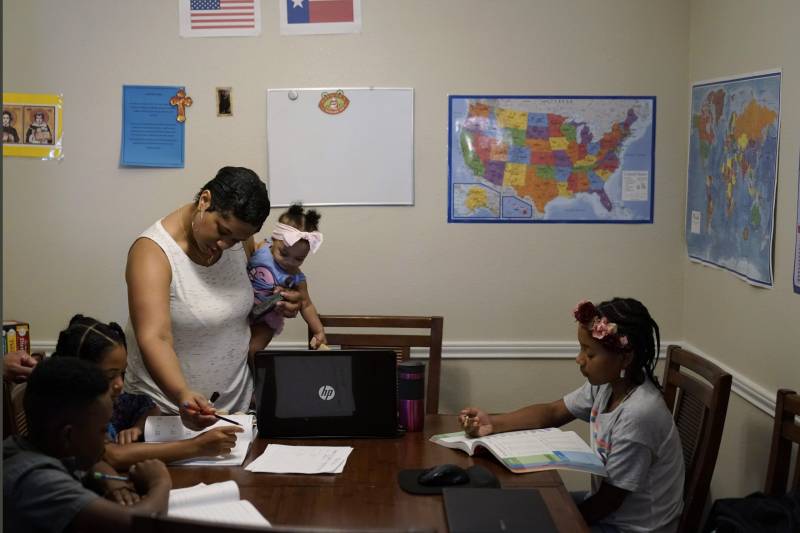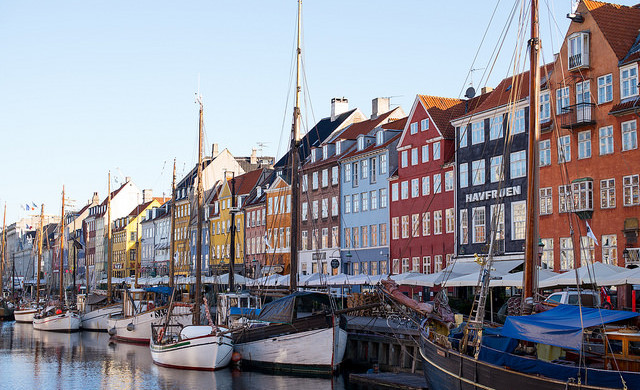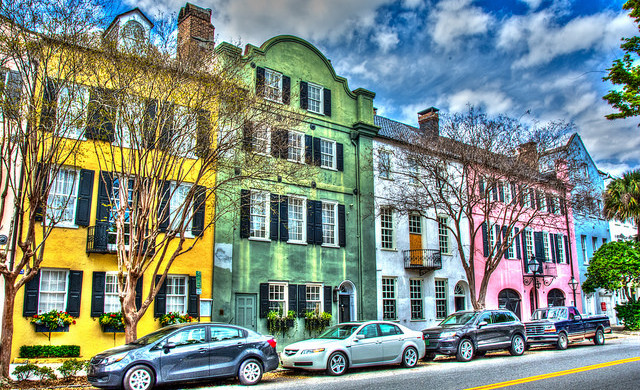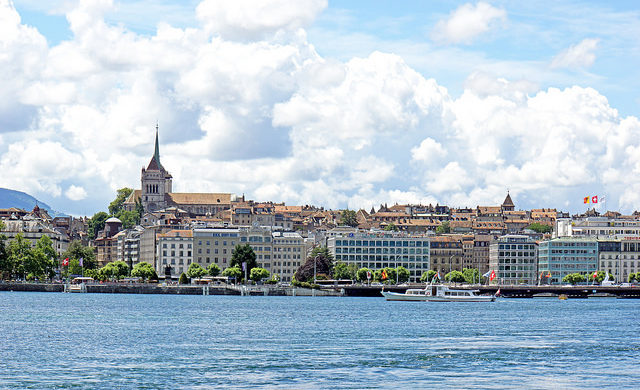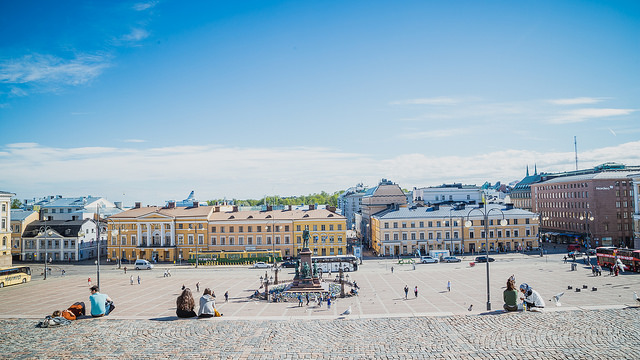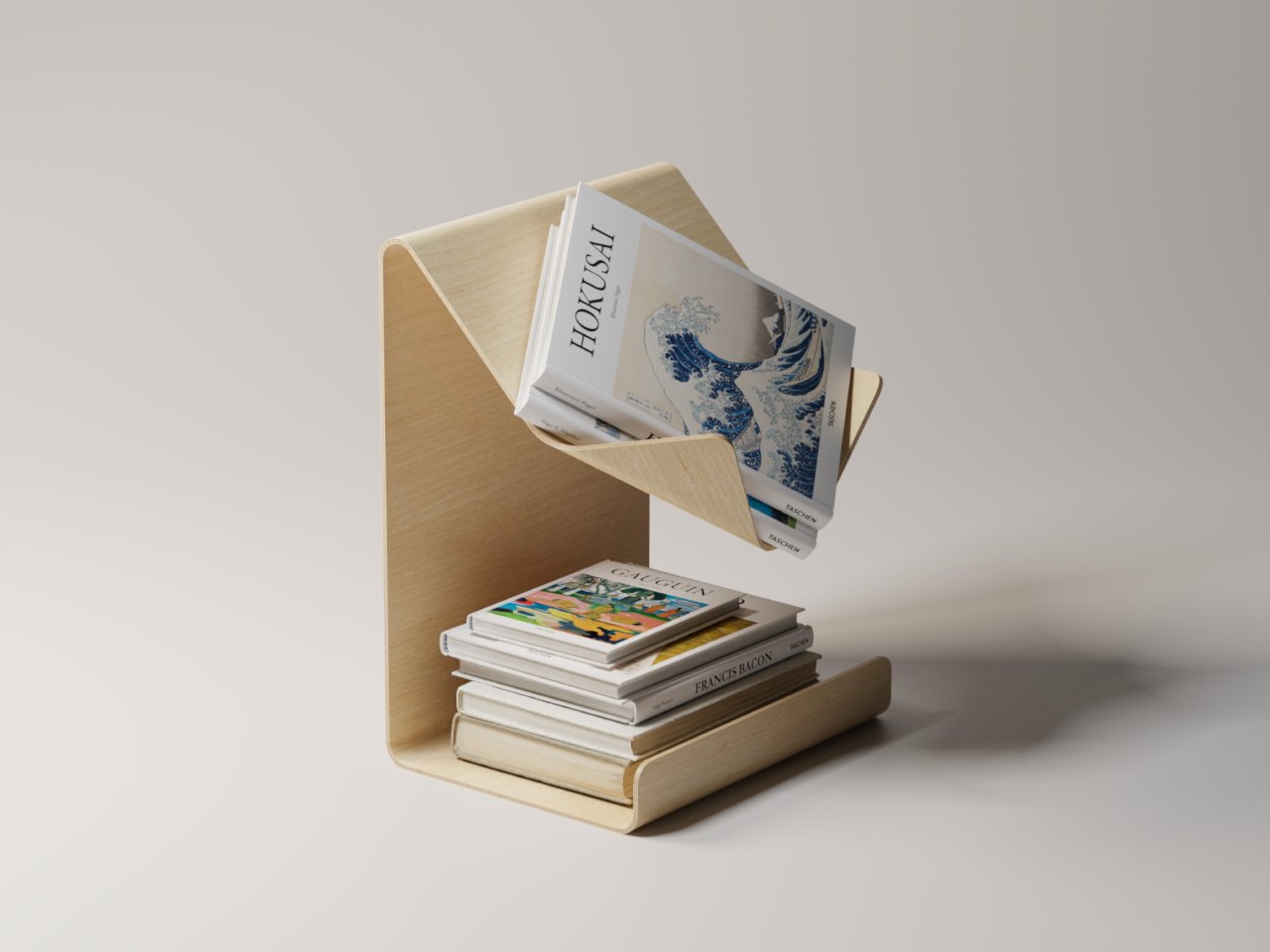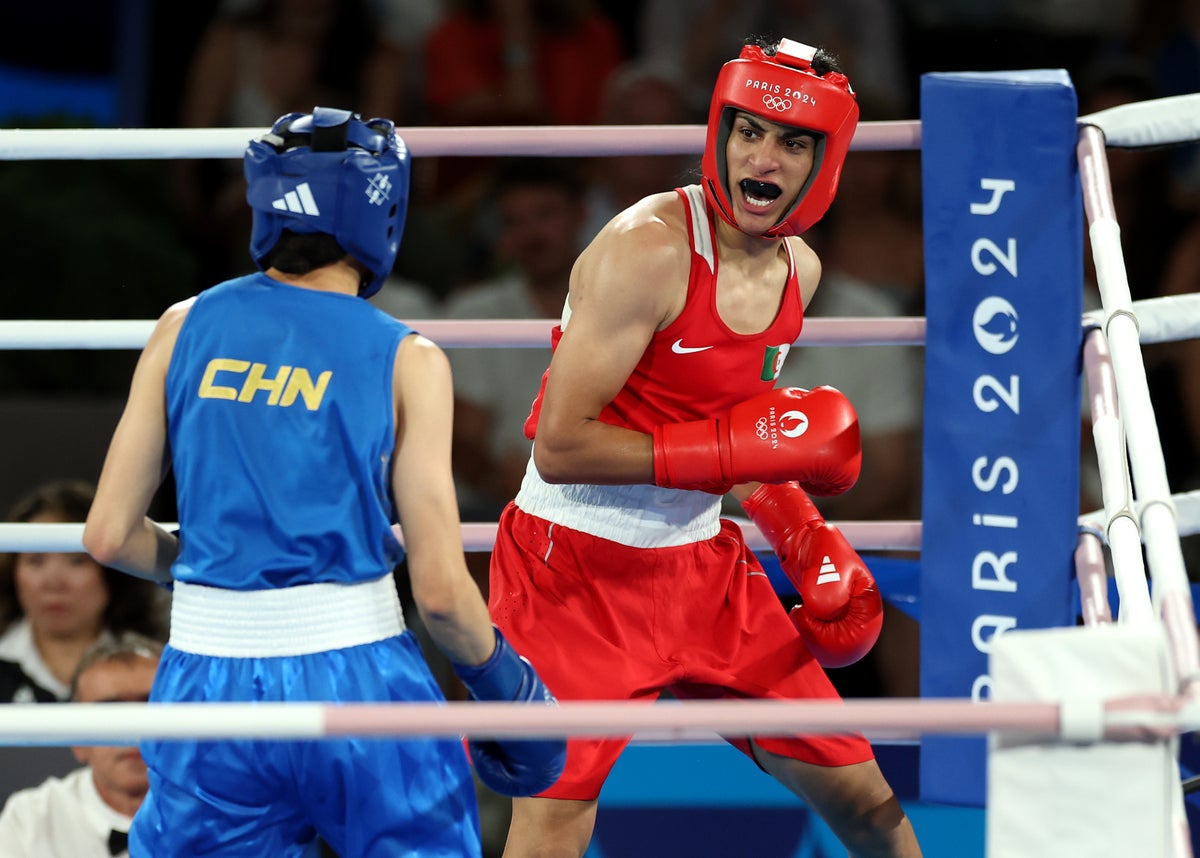The big picture: Hicham Benohoud frames the classroom as theatre
While working as an art teacher in the 90s, the Moroccan photographer collaborated with his students to play with the confines of the educational systemNo doubt you can sympathise with at least one of the pupils in the image. She has her head down, working hard, so bowed in thought her face is almost pressed right against her paper. A few seats down, a boy adopts a similar pose. One girl has her ankles crossed, while another has hers splayed. Across the room, one girl’s shoes are practical, while another’s are oddly adult, sandals with heels, hand-me-downs, maybe. You remember how imagination allowed you to disappear, to escape, to take leave of the four walls of the classroom, of the uncomfortable wooden chair and desk at which you tried not to fidget.Or were you the boy breaking the peace, wild and unruly, hanging over a table while lying flat on your stomach, legs dangling, fixing us with your cheeky gaze, as in this image from the Moroccan photographer Hicham Benohoud’s book The Classroom? The images were taken between 1994 and 2000 while Benohoud worked as an art teacher and found himself, like the students, stifled by the educational system. The teacher who inspires by introducing simple freedoms into a rigid educational setting is a familiar cinematic trope (To Sir, With Love, Dangerous Minds, Entre les Murs, AKA The Class). Benohoud makes it his own in quiet black-and-white photographs that show how students, when given the opportunity to play and experiment, can redefine their surroundings with the leanest of creative means. Chairs and tables become frames within frames, reveal and conceal faces, as do paper cutouts held up playfully. Strings and tape, cardboard and fabric become interventions in space or extensions of the body, curtains and shrouds, places to hide, to refuse to be seen. Continue reading...

While working as an art teacher in the 90s, the Moroccan photographer collaborated with his students to play with the confines of the educational system
No doubt you can sympathise with at least one of the pupils in the image. She has her head down, working hard, so bowed in thought her face is almost pressed right against her paper. A few seats down, a boy adopts a similar pose. One girl has her ankles crossed, while another has hers splayed. Across the room, one girl’s shoes are practical, while another’s are oddly adult, sandals with heels, hand-me-downs, maybe. You remember how imagination allowed you to disappear, to escape, to take leave of the four walls of the classroom, of the uncomfortable wooden chair and desk at which you tried not to fidget.
Or were you the boy breaking the peace, wild and unruly, hanging over a table while lying flat on your stomach, legs dangling, fixing us with your cheeky gaze, as in this image from the Moroccan photographer Hicham Benohoud’s book The Classroom? The images were taken between 1994 and 2000 while Benohoud worked as an art teacher and found himself, like the students, stifled by the educational system. The teacher who inspires by introducing simple freedoms into a rigid educational setting is a familiar cinematic trope (To Sir, With Love, Dangerous Minds, Entre les Murs, AKA The Class). Benohoud makes it his own in quiet black-and-white photographs that show how students, when given the opportunity to play and experiment, can redefine their surroundings with the leanest of creative means. Chairs and tables become frames within frames, reveal and conceal faces, as do paper cutouts held up playfully. Strings and tape, cardboard and fabric become interventions in space or extensions of the body, curtains and shrouds, places to hide, to refuse to be seen. Continue reading...


